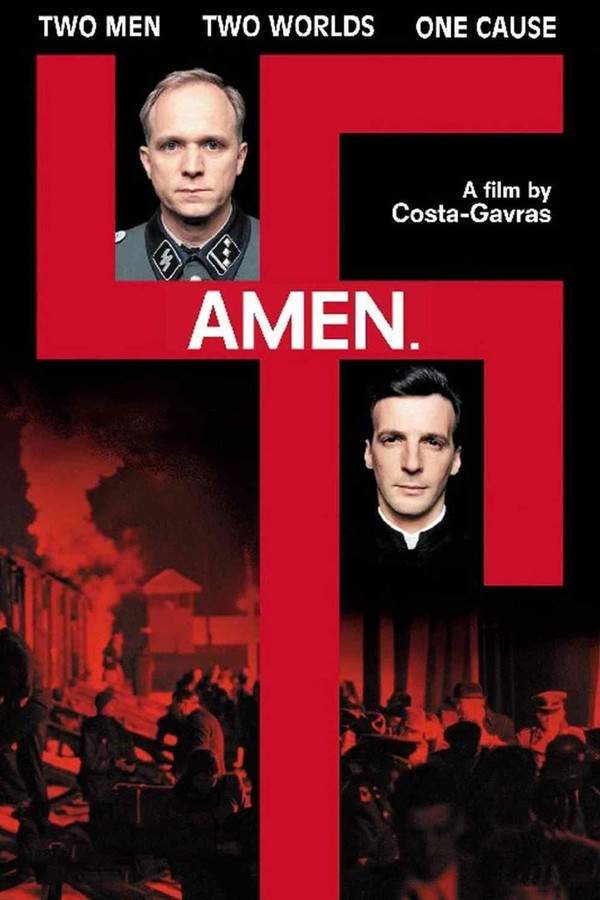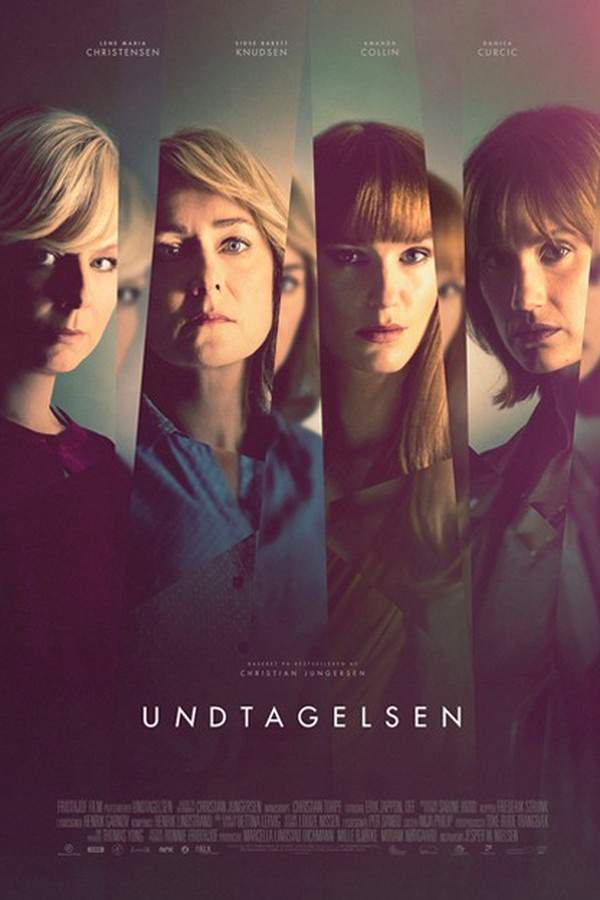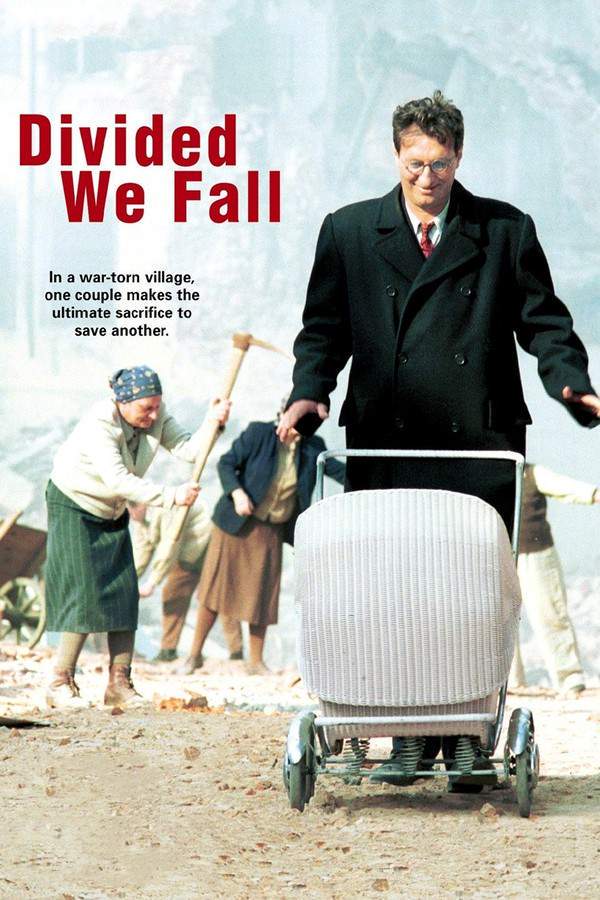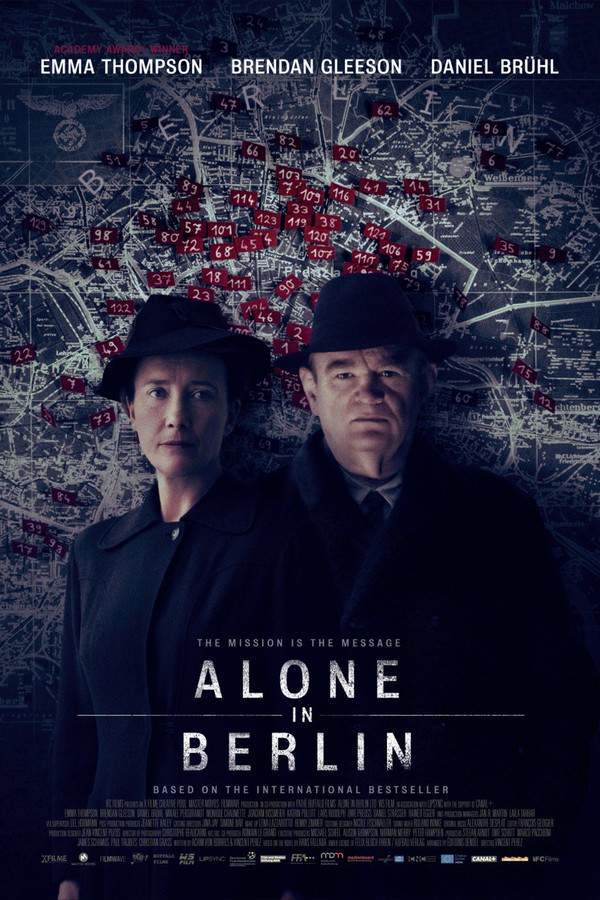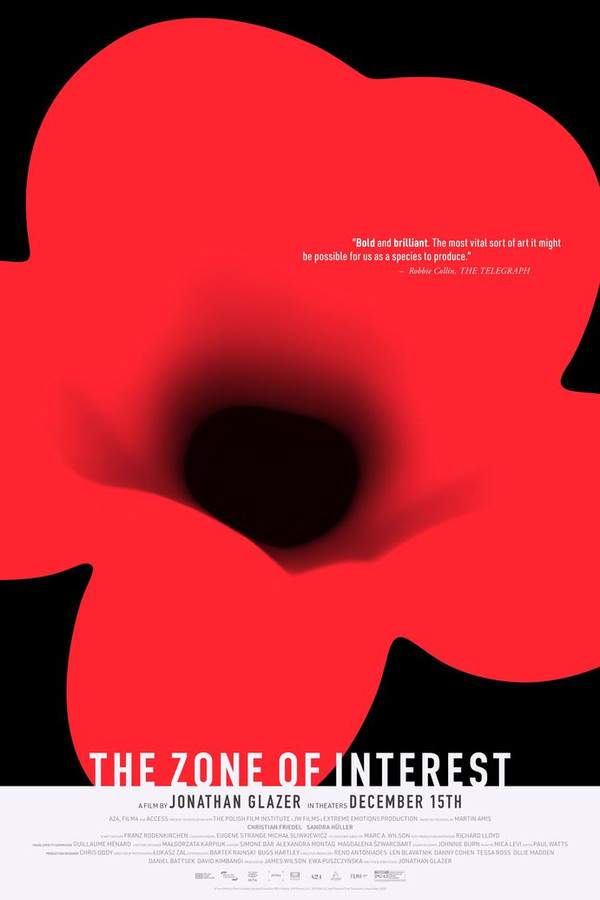
The Zone of Interest 2023
Directed by

Jonathan Glazer
Made by
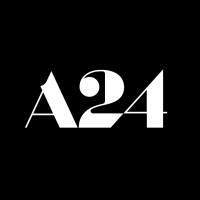
A24
The Zone of Interest Plot Summary
Read the complete plot summary and ending explained for The Zone of Interest (2023). From turning points to emotional moments, uncover what really happened and why it matters.
In 1943, the commandant of the Auschwitz concentration camp, Rudolf Höss, resides in a seemingly tranquil home with his wife, Hedwig, and their five children. Their idyllic life contrasts sharply with the terrifying reality outside their garden walls, where the chilling sounds of gunfire, shouts, and the grueling operations of the camp reverberate through the air. While Rudolf enjoys moments of leisure with his children, fishing and swimming, and Hedwig finds solace in nurturing their garden, the servants attend to household chores, often utilizing personal belongings of the camp’s prisoners.
As the family enjoys their otherwise peaceful existence, the grim details of their reality begin to seep in. Rudolf plays a pivotal role in approving the construction of a new crematorium, a facility that symbolizes the depths of inhumanity just beyond their home. A disturbing scene unfolds when he discovers human remains floating in the nearby river, prompting him to hastily remove his children from the water and issue a stern reprimand to his staff about their negligence.
Simultaneously, a courageous Polish girl in the vicinity acts to resist this brutality, sneaking out under cover of darkness to deliver food to the prisoners, providing them with a glimmer of hope. Amidst this turmoil, Rudolf is taken aback when he learns of his promotion to deputy inspector of all concentration camps, necessitating a move to Oranienburg, near Berlin. Reluctant to leave their home, he remains silent about the change for several days. When he finally shares the news, Hedwig pleads fervently to remain in their beloved home.
After some negotiation, the request is granted, and Rudolf relocates the family. The arrival of Hedwig’s mother introduces more tension as she is horrified by the sight of crematorium flames at night, ultimately leaving and penning a scathing note which Hedwig angrily destroys.
Months later, in Berlin, Rudolf gains notoriety for selecting him to orchestrate a grim operation that will forcibly transport 700,000 Hungarian Jews to Auschwitz for extermination. This horrifying task allows him to return to Auschwitz, where he reunites with his family.
In a moment of stark reality, he finds himself at a celebratory gathering for this operation, reflecting on the grotesque efficiency of his work – thinking how best to gas a room filled with helpless victims. This moment culminates in him descending the stairs of his Berlin office, where the weight of his actions overwhelms him, inducing nausea as he stares into the abyss.
In the present day, a team of janitors diligently cleans the Auschwitz-Birkenau State Museum, a haunting reminder of the past. Meanwhile, in 1943, Rudolf continues to descend into the bowels of the camp, where the line between his family life and the horrors of his occupation becomes increasingly blurred.
The Zone of Interest Timeline
Follow the complete movie timeline of The Zone of Interest (2023) with every major event in chronological order. Great for understanding complex plots and story progression.
Life at Home
In 1943, commandant Rudolf Höss lives in a seemingly peaceful home with his wife, Hedwig, and their five children. Despite their tranquil domestic life, the sounds of gunfire and the brutal operations of Auschwitz loom just outside their garden walls, creating a stark contrast to their daily activities.
Family Leisure
Rudolf enjoys quiet moments with his children, engaging in activities like fishing and swimming. Meanwhile, Hedwig tends to their garden, unperturbed by the grim reality unfolding just beyond their immediate surroundings, symbolizing their denial of the atrocities occurring at the camp.
Crematorium Approval
Rudolf actively participates in the construction of a new crematorium, a dark symbol of the horrors being perpetrated at Auschwitz. This significant decision highlights his complicity in the system and foreshadows the intensifying brutality of the camp.
Human Remains Discovery
Rudolf is confronted with the abhorrent reality of his work when he discovers human remains floating in a nearby river. He promptly removes his children from the water, issuing a reprimand to his staff, illustrating his attempt to shield his family from the grim realities of the camp.
A Polish Girl's Resistance
As horrors unfold at Auschwitz, a brave Polish girl risks her life to deliver food to the prisoners. Her courageous actions provide a faint glimmer of hope amid the systematic brutality, demonstrating the human spirit's resilience in the face of overwhelming darkness.
Promotion Announcement
Rudolf receives news of his promotion to deputy inspector of all concentration camps, which requires his family to move to Oranienburg near Berlin. Torn between his career and his family's happiness, Rudolf grapples with his emotions, delaying the announcement of this major change.
Hedwig's Plea
When Rudolf finally reveals his promotion, Hedwig implores him to stay in their beloved home. Their negotiation highlights the tension within the family, as they navigate the intersection of personal affection and the demands of Rudolf’s career in the Nazi regime.
Arrival of Hedwig's Mother
Hedwig's mother visits the family, and her presence brings additional tension as she is horrified by the sight of crematorium flames visible at night. The visit ends with her departure, leaving behind a scathing note that Hedwig reacts to with anger, underlining the differences in their perspectives on morality.
Notorious Assignment
Months later, Rudolf gains notoriety for directing a horrific operation involving the transportation of 700,000 Hungarian Jews to Auschwitz for extermination. This grim assignment allows him to return to Auschwitz, further entrenching him in the machinery of death.
Reflecting on Brutality
At a celebratory gathering for the successful operation, Rudolf reflects on the grotesque efficiency of the system he serves. This chilling moment reveals the psychological toll of his actions as he contemplates the horror of gassing helpless victims.
Overwhelmed by Guilt
As the weight of his actions becomes overwhelming, Rudolf descends the stairs of his Berlin office, grappling with nausea and despair. This moment symbolizes the emotional chasm he faces as he juggles his family life with the atrocities committed under his command.
Janitors in the Present Day
In the present day, a team of janitors is seen cleaning the Auschwitz-Birkenau State Museum, serving as a haunting reminder of the past. Their mundane act juxtaposes the horrific history that took place on the site, revealing the weight of collective memory.
Blurring of Lines
As Rudolf continues his descent into the depths of Auschwitz, the boundaries between his family existence and the horrors of his profession increasingly blur. His position within the concentration camp reflects the struggle between personal life and the inhumanity surrounding him.
The Zone of Interest Characters
Explore all characters from The Zone of Interest (2023). Get detailed profiles with their roles, arcs, and key relationships explained.
Rudolf Höss
Rudolf Höss is portrayed as a complex character embodying a chilling juxtaposition of family man and executioner. Driven by duty and ambition, he plays a pivotal role in the atrocities committed at Auschwitz, yet struggles silently with the moral implications of his actions. His gradual descent into the depths of inhumanity showcases the corrupting influence of power.
Hedwig Höss
Hedwig Höss emerges as a devoted wife determined to maintain a semblance of normalcy for her family amid the surrounding chaos. Her nurturing instinct is evident as she tends to her garden, yet her indifference to the suffering beyond their walls raises questions about her complicity. Hedwig's emotional turmoil, especially around her mother's reactions, reveals the strain of living in the shadows of horror.
Polish Girl
A courageous figure within the narrative, the Polish girl represents resilience and hope amid despair. Her acts of defiance against the systemic brutality highlight the struggle for humanity during a dehumanizing era. This character serves as a beacon of moral courage, capturing the essence of resistance in the face of overwhelming adversity.
The Zone of Interest Settings
Learn where and when The Zone of Interest (2023) takes place. Explore the film’s settings, era, and how they shape the narrative.
Time period
1943
Set during World War II in 1943, the film explores a time marked by widespread atrocities connected to the Holocaust. This period saw the systematic extermination of millions, with concentration camps functioning as sites of horror and oppression. The narrative underscores the surreal normalization of brutality amidst a seemingly peaceful family life.
Location
Auschwitz, Oranienburg, Berlin
The movie takes place primarily in Auschwitz, where the commandant Rudolf Höss resides with his family in a home juxtaposed against the horrors of the concentration camp. Oranienburg, near Berlin, marks a shift as Rudolf gets promoted and relocates his family, revealing the complexities of life during this dark period. Berlin serves as a backdrop for Rudolf's notorious operations, reflecting the grim efficiency of the Nazi regime.
The Zone of Interest Themes
Discover the main themes in The Zone of Interest (2023). Analyze the deeper meanings, emotional layers, and social commentary behind the film.
😨
Family vs. Brutality
The theme of family happiness starkly contrasts with the underlying brutality of the Holocaust. While Rudolf and Hedwig strive to create a nurturing environment for their children, their lives are intertwined with the horrors occurring just outside their home. This juxtaposition highlights the moral decay and denial prevalent among those complicit in such atrocities.
🔴
Denial and Normalization
The film delves into the denial of reality represented by the Höss family's seemingly tranquil life. Rudolf's ability to compartmentalize his family's domestic bliss while overseeing mass extermination emphasizes a chilling normalization of evil. This theme questions the human capacity for ignorance and complicity in the face of horror.
💔
Resistance and Hope
Amidst the grim reality, the film portrays acts of resistance through the Polish girl who risks her safety to help prisoners. Her actions symbolize a glimmer of hope within a landscape dominated by despair. This theme serves as a reminder that even in the darkest times, courage and compassion can persist.
The Zone of Interest Ending Explained
Unravel the ending of The Zone of Interest (2023) with our detailed explanation. Understand the final scenes, character fates, and unresolved questions.
The ending of The Zone of Interest is both haunting and thought-provoking. Throughout the film, Rudolf Hoss, the infamous Auschwitz commandant, is portrayed as someone who, outwardly, seems to be deeply engaged in his work, proud of the new innovations in extermination he oversees, and seemingly unaffected by the horrors happening just outside his home. However, towards the end, a change occurs. Rudolf is shown in his Berlin office, excitedly discussing the construction of new gas chambers and the future killings of Hungarian Jews, but suddenly, he is struck with violent bouts of retching. This physical reaction suggests that even the most hardened perpetrator harbors a conscience—or at least, an awareness of the monstrous act he commits. The scene shifts briefly to modern times, where the Auschwitz museum openly displays the horrifying evidence of the Holocaust, like shoes and torn uniforms, reminding viewers of the scale of the atrocities. Rudolf’s discomfort in the final scenes hints at his inner guilt and the acknowledgment, deep down, that his legacy is one of evil. The film leaves viewers with a sobering contrast: there was considerable indifference and normalcy around the Holocaust for most people, but ultimately, the evidence remains and the conscience of even the most committed killers cannot be fully silenced. Rudolf’s sense of unease at the end suggests that, despite his participation and pride, he can never fully escape the horror of his actions or the judgment of history.
Movies with Similar Twists and Themes
Uncover films that echo the narrative beats, emotional arcs, or dramatic twists of the one you're exploring. These recommendations are handpicked based on story depth, thematic resonance, and spoiler-worthy moments — perfect for fans who crave more of the same intrigue.
Featured on this page

What's After the Movie?
Not sure whether to stay after the credits? Find out!
Explore Our Movie Platform
New Movie Releases (2025)
Famous Movie Actors
Top Film Production Studios
Movie Plot Summaries & Endings
Major Movie Awards & Winners
Best Concert Films & Music Documentaries
© 2025 What's After the Movie. All rights reserved.



